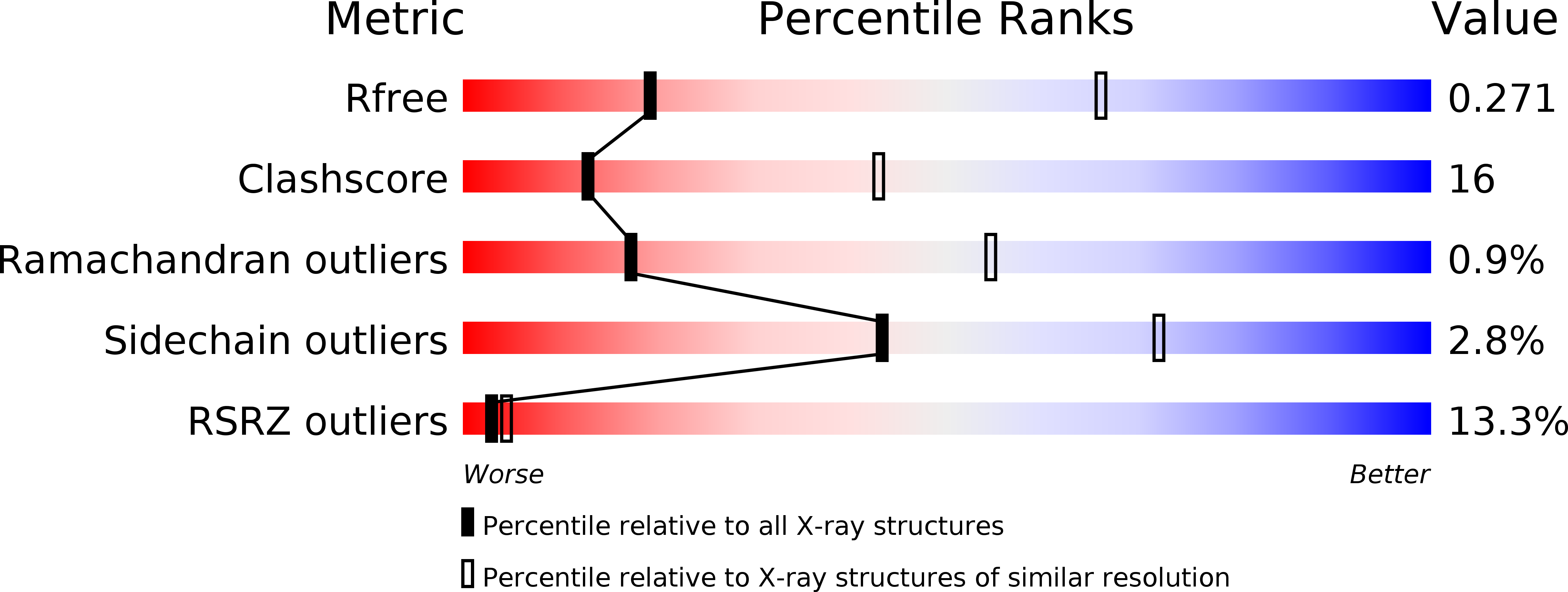
Deposition Date
2017-01-11
Release Date
2017-07-26
Last Version Date
2024-10-16
Entry Detail
PDB ID:
5MU1
Keywords:
Title:
UDP-Glucose Glycoprotein Glucosyltransferase from Chaetomium thermophilum soaked with K2PtI6
Biological Source:
Source Organism:
Host Organism:
Method Details:
Experimental Method:
Resolution:
3.48 Å
R-Value Free:
0.25
R-Value Work:
0.23
R-Value Observed:
0.23
Space Group:
P 61


